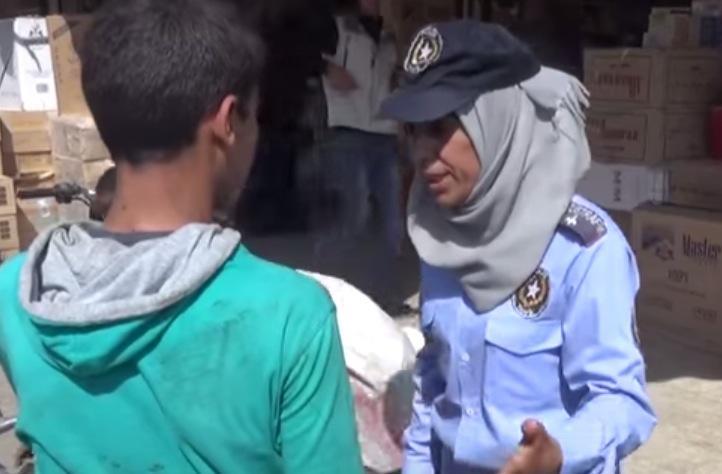Dozens killed by Isis landmines and boobytraps as they try to return home to liberated Syrian town
Hidden bombs and homemade devices designed to cause as much misery for returning civilians as possible as militants flee back to de facto capital of Raqqa

Your support helps us to tell the story
From reproductive rights to climate change to Big Tech, The Independent is on the ground when the story is developing. Whether it's investigating the financials of Elon Musk's pro-Trump PAC or producing our latest documentary, 'The A Word', which shines a light on the American women fighting for reproductive rights, we know how important it is to parse out the facts from the messaging.
At such a critical moment in US history, we need reporters on the ground. Your donation allows us to keep sending journalists to speak to both sides of the story.
The Independent is trusted by Americans across the entire political spectrum. And unlike many other quality news outlets, we choose not to lock Americans out of our reporting and analysis with paywalls. We believe quality journalism should be available to everyone, paid for by those who can afford it.
Your support makes all the difference.Landmines left by Isis fighters fleeing territory in northern Syria are killing and wounding dozens of civilians, a new report from Human Rights Watch says.
Crude homemade bombs in and around the city of Manbij, liberated by Kurdish and Turkish-backed forces in August, have killed at least 69 people - including 19 children - as the local population returns home to find their doorways, beds, piles of shoes, TVs and fridges boobytrapped wtih victim-activated devices, the group said on Wednesday.
Mines were also located in schools, fields, hospitals, and on roads, the report based on a five-day investigation earlier this month found.
“Isis mined virtually everything including, quite literally, the kitchen sink before they left,” Ole Solvang, deputy emergencies director for Human Rights Watch said, warning that recorded deaths were an incomplete picture of the likely death toll, and the number of victims is expected to rise as more and more displaced people tried to go back to their homes.
Isis has utilised the tactic - a reminder of their ability to inflict death and destruction, even in defeat - in several towns and cities, including Ramadi and Fallujah in Iraq, and Kobani in Syrian Kurdistan.
The grim findings do not bode well for the current operation to retake the city of Mosul from Isis fighters in northern Iraq, which was home to two million people before its capture in 2014, or for the impending battle for control of Raqqa, Isis’ capital in Syria, which US officials said this week is expected to begin soon.
The militant group has lost a third of the territory it once occupied across Syria and Iraq after a string of military defeats in recent months by Syrian Kurdish forces, Turkish backed Sunni fighters, Iraqi Shiite militias and the Iraqi army, helped by US-led coalition air strikes.
Analysts warn that even if Isis is no longer a land-occupying force, the battle to defeat its extremist ideology is likely to become a global one as foreign fighters attempt to return home and wage jihad there.
Join our commenting forum
Join thought-provoking conversations, follow other Independent readers and see their replies
Comments